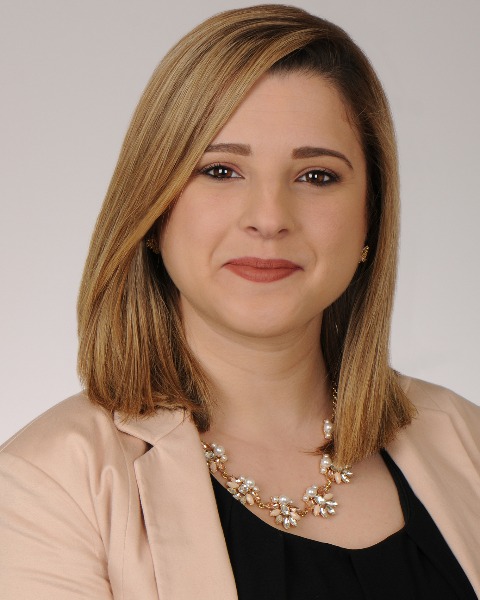Child / Adolescent - Anxiety
(PS5-46) Physiological and Behavioral Outcomes of a Telehealth Treatment of Anxiety in Autism
- AM
Alexandra Marsden, B.S.
Research Program Coordinator
Medical University of South Carolina
Charlesto, South Carolina, United States 
Jessie D. Montezuma, M.Ed.
Lead Program Coordinator
Medical University of South Carolina
Charleston, South Carolina, United States
Rosmary Ros-demarize, Ph.D.
Assistant Professor
Medical University of South Carolina
Charleston, South Carolina, United States
Laura A. Carpenter, Ph.D.
Professor
Medical University of South Carolina
Charleston, South Carolina, United States- JK
Jordan Klein, Ph.D.
Assistant Professor
Medical University of South Carolina
Charleston, South Carolina, United States
Author(s)
Co-Author(s)
Background: Anxiety is common in autism spectrum disorder (ASD), yet evidence-based treatments are limited, particularly for young children with ASD. Internet-delivered Coaching Approach behavior and Leading by Modeling (I-CALM) is a telehealth adaptation of Parent-Child Interaction Therapy (PCIT) with support for young children with anxiety. I-CALM has yet to be assessed in children with ASD and no study has examined change in physiological indicators of anxiety or assessed caregiver factors that may affect treatment outcomes. The current study implemented I-CALM for children aged 4-9 years with ASD. The study aimed to 1) examine feasibility and acceptability of I-CALM, and measure its impact on 2) child anxiety and cardiac regulation, and 3) caregiver anxiety and parenting accommodations.
Method: Participants included 17 children (Mage = 6.87) with ASD, clinically significant anxiety, and minimum verbal age equivalent of 48 months. Participants completed a pre-treatment visit, 12 I-CALM sessions, a post-treatment visit, and a 3-month follow-up virtual visit. Caregivers rated child anxiety at every visit using the Parent-Rated Anxiety Scale-Autism Spectrum Disorder (PRAS-ASD), and at the pre-treatment and follow-up visit using the Anxiety Diagnostic Interview Schedule-Autism Spectrum Addendum (ADIS-ASA). Other outcome assessments included the Therapy Attitude Inventory (TAI) , the General Anxiety Disorder-7 (GAD-7), and Family Accommodation Scale-Anxiety (FAS-A). Child cardiac activity during a parent-child interaction was collected during pre- and post-treatment assessments.
Results: Among treatment completers (n = 12, 70%), caregivers reported high satisfaction with treatment (M = 4.75 of 5) and 100% reported on the TAI that telehealth delivery enhanced their experience. Caregiver-reported child anxiety decreased from pre-to-post-treatment (t(10) = -3.83, p = .002) on the PRAS-ASD and maintained from pre-to-follow-up-treatment on the ADIS-ASA Total Score (t(10) = 5.313, p < .001). Caregiver anxiety scores did not significantly change from pre-to-post treatment, but trended downwards (t(11) = 2.07, p = .06). Caregivers also reported significantly lower levels of accommodation from pre-to-post treatment (t(11) = 4.97, p < .001). While, significant changes to child’s inter-beat-interval were not observed from pre-to-post treatment at the physiological level, the sample was very small, so conclusions should be interpreted with caution. Additionally, each participant was able to tolerate wearing the heart rate monitor for data collection, supporting the feasibility of collecting cardiac data from a larger sample.
Conclusion: Results demonstrate initial efficacy of I-CALM, as well as significant impacts on caregiver-reported child anxiety symptoms. Additionally, caregivers’ accommodations of their child’s anxiety decreased, which has the potential to augment improvements in childhood anxiety long-term. These findings will be used to inform larger studies on anxiety treatments for young children with ASD.

.png)
